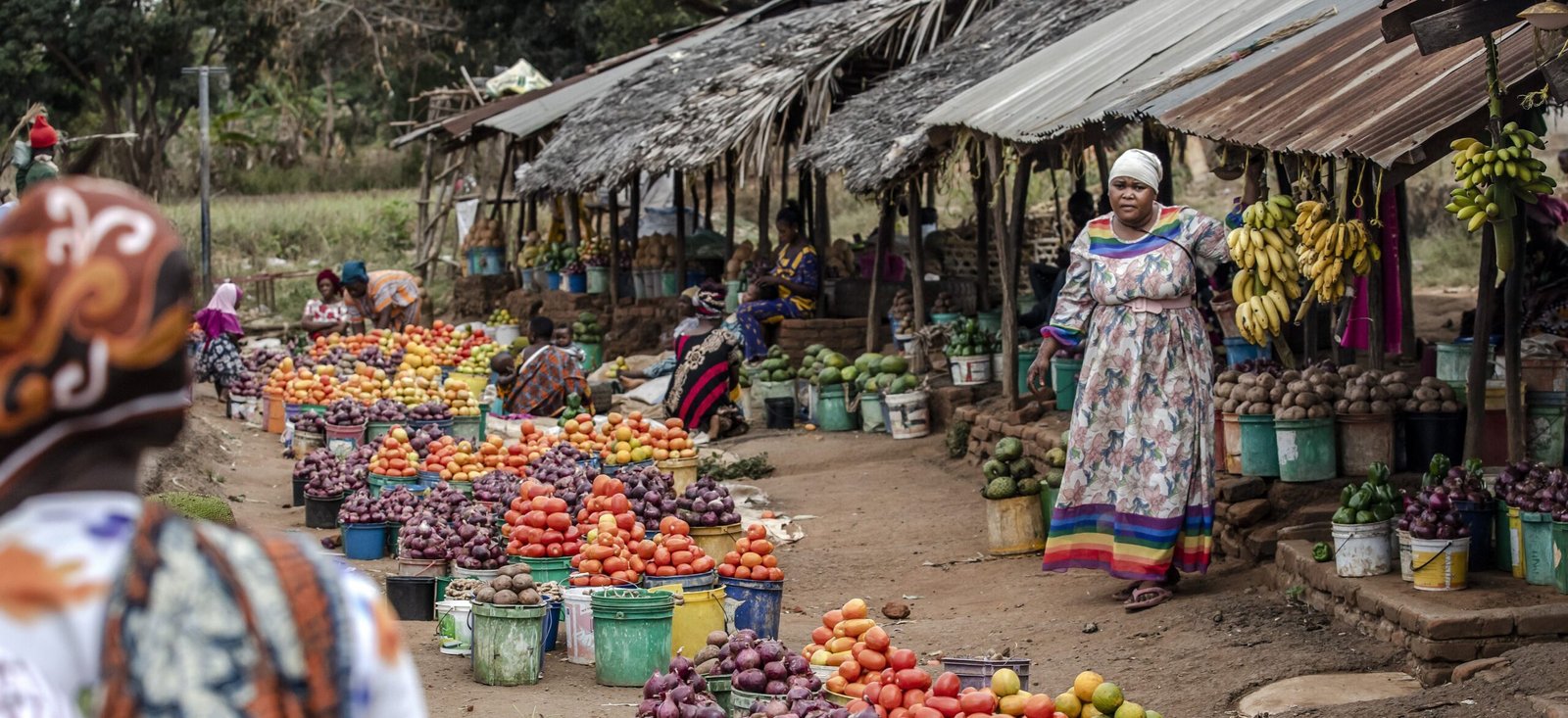Inside BENEO’s new pulse plant: pioneering sustainable protein from faba beans
SOFI 2024 report highlights a cost-hunger trap plaguing some regions in the wake of the COVID-19 pandemic
More than a third of the world’s population could not afford a healthy diet in 2022 and some regions have yet fully to recover from the harms wrought by the COVID-19 pandemic, according to an innovative data set published in the 2024 edition of The State of Food Security and Nutrition in the World, the flagship hunger report issued last week by the Food and Agriculture Organization (FAO) and four sister United Nations agencies.
While food prices increased throughout 2022, pushing up the average cost of a healthy diet, this was largely offset by economic recovery and the ensuing positive income effects. As a result, some 35.4 per cent of the global population, equal to 2.826 billion people, were unable to afford a healthy diet in 2022. That compares to 36.4 per cent and 2.823 billion in 2019. However, this recovery to pre-pandemic levels in 2022 was achieved unevenly across regions.
“In 2022, the number of people unable to afford a healthy diet dropped below pre-pandemic levels in the group of upper-middle- and high-income countries. In contrast, low-income countries had the highest levels since 2017,” the first year for which FAO has published estimates, said Maximo Torero, Chief Economist of FAO.
The finding highlights “a major structural problem of our agrifood systems,” said David Laborde, Director of FAO’s Agrifood Economics and Policy Division. He noted this part of the SOFI 2024 report revealed significant variation across and within regions that in turn point to where national and international attention should be prioritised.

